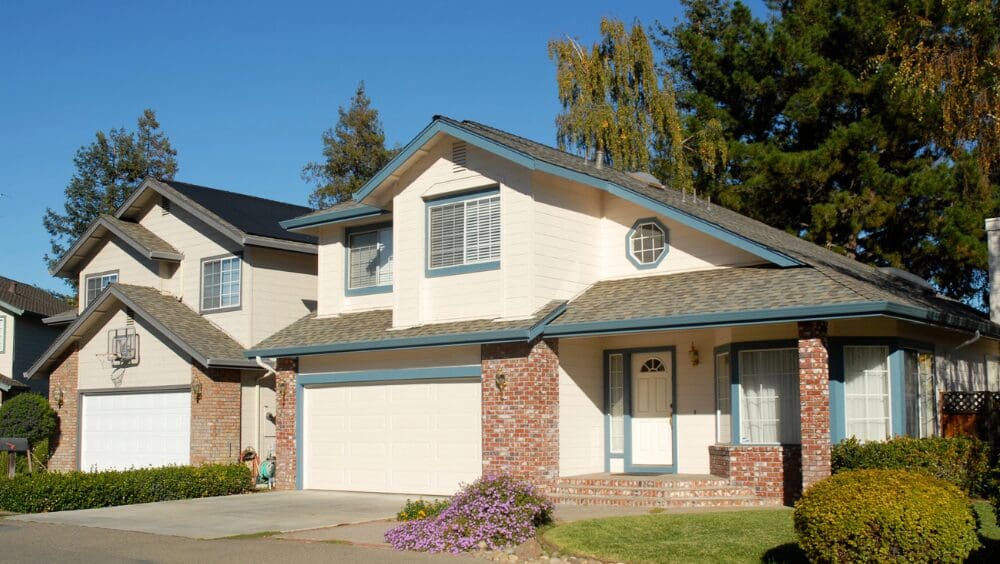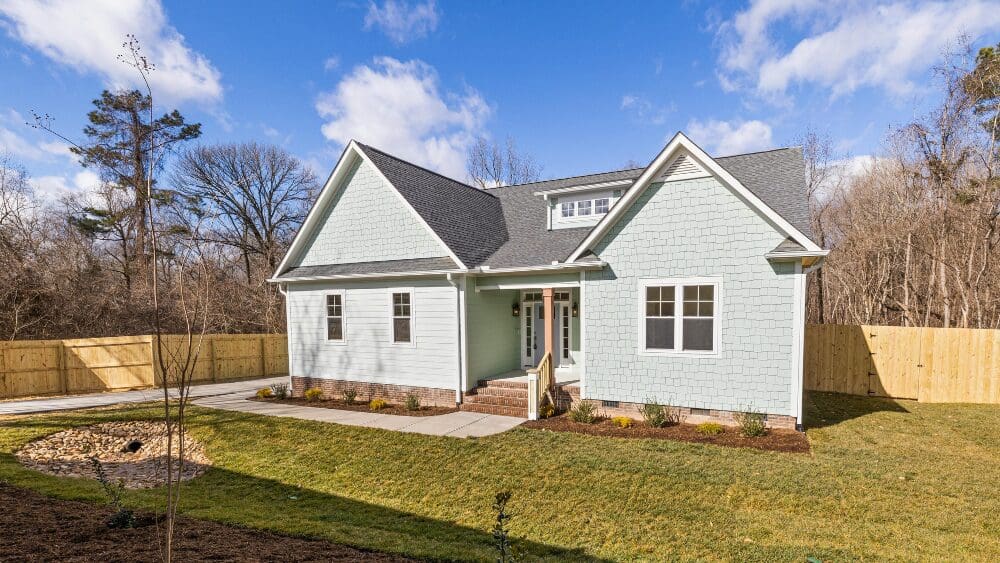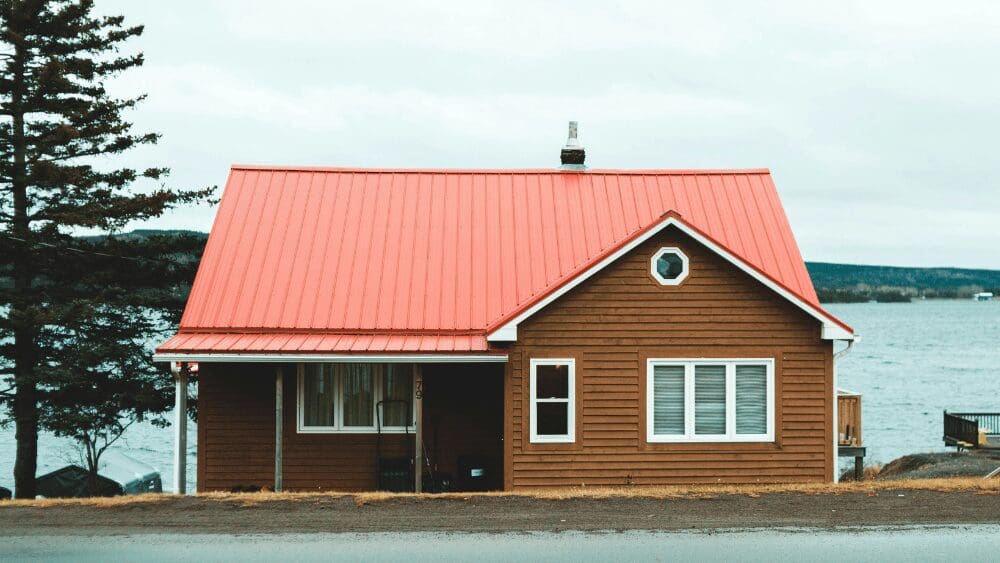
All homes need maintenance to some degree. Home Advisor’s State of Home Spending Report found that in 2018, homeowners spent an average of $1,105 on maintenance and $416 on emergency home expenses. But this can vary based on the age of your home as well as the materials and workmanship that went into building it. How much should you personally set aside to cover day-to-day expenses and ward off any big-ticket surprises? One popular rule is to set aside 1%-3% of the home’s value for a home-maintenance fund, but Connie Taylor, a top agent in Amarillo, Texas, recommends using the “square footage rule,” which says to budget $1 per square foot, per year. “The value of a home can change, but the square footage won’t,” she points out. This means that for a 2,600-square-foot home, your annual home maintenance budget would be $2,600. Aside from the home maintenance budget, Taylor says it’s wise to also have cash reserves for any bigger, one-time costs, such as replacing an HVAC system, water heater, or kitchen appliance. For this fund, she recommends starting with $1,000 and working up from there. The key is to be proactive and create a home maintenance budget from day one, rather than only reacting when things go wrong. By setting aside smaller, more manageable amounts of money on a regular basis, you’ll be less likely to have to sink a large chunk of cash into expensive overhauls down the road. As an example, let’s say you’re planning to replace your aging roof eventually and before it starts causing problems. According to Remodeling Magazine’s Cost versus Value Index, in 2019, an asphalt roof replacement averaged about $22,000. “That is probably a very scary number for many homeowners, but if you have the money set aside for a new roof, then you can use your maintenance budget for smaller repairs, like fixing a garage door or replacing a faucet,” Taylor points out. And in the best-case scenario, you can tap into any available warranties to cover major repairs or replacements. Check out this guide that estimates home-repair costs with and without warranties. Also, it’s a good idea to include the amount of your homeowners’ insurance deductible in your reserve account, so you’ll be prepared to make a claim for any covered repairs, such as hail damage to a roof. Check with your insurance company to see whether your deductible is a fixed-dollar amount or based on a percentage of the repair costs. In addition to square footage and/or home value, there are other factors to consider when planning your home maintenance budget: A standard savings account will work, but you may want to consider options that offer a better return rate so your savings are making you money while they sit. Certificates of deposit (CDs) or IRAs aren’t great for this purpose because they may be hard to pull money from or charge a penalty fee for early access. Better options include a high-yield savings account or a money market account where you’ll still get a solid return rate, and you can easily withdraw the funds as needed. Generally speaking, home maintenance is performed in order to keep your property in the condition it is currently in, while renovations or upgrades are done when you want to change or improve something. A home maintenance budget should focus primarily on routine upkeep, repairs/fixes, and prevention of bigger problems, rather than larger projects like gutting and replacing a bathroom or kitchen. Of course, there might be times when there’s some overlap. For instance, if you’re faced with replacing a leaky faucet, it might make sense to upgrade to a nicer fixture. Drilling down into the specifics, what types of things would fall into the home maintenance category? Taylor offers some examples of preventative items and common fixes: Interior: Outside: By having a home maintenance budget, you’ll be better able to keep up with day-to-day upkeep. That means when it comes time to put your home on the market, you’ll already be ahead of the game. Instead of rushing to take care of a long list of repairs and deferred maintenance, you’ll have more time to focus on decluttering, packing, staging, and enhancing curb appeal to help sell your home faster. Proper maintenance will also preserve your home’s value long term so you can command a price you’re happy with when the time comes to sell.How much to budget for home maintenance
How to tailor your budget to what your home needs
Where should you keep your home maintenance savings?
What will your home maintenance budget go toward?
Common home maintenance items
Plan for home maintenance now, and you’ll be grateful when you sell



